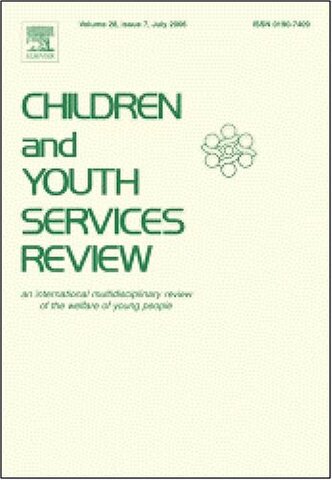Kinship care, both formal and informal, is a practice that has received more attention in the past two decades due to the benefits found for children paced with kin, rather than in foster care with strangers. Placements with kin are often facilitated by utilizing intensive family search and engagement programs to identify and engage relatives.
Methods:
Using a retrospective longitudinal quasi-experimental design the present study evaluates the effectiveness of BLINDED intervention, an intervention that utilizes family search and engagement practices to place children who enter foster care in kinship placements as quickly as possible.
A matched comparison group was constructed using Coarsened Exact Matching (CEM) to assess differences between the intervention and comparison groups on placement with kin, proportion of time spent with kin, exit from care type, placement stability, placement in restrictive setting, time to case exit, and reentry.
Findings:
Multivariate models accounting for child and case characteristics and nesting within counties found differences between the intervention and comparison group on placement with kin, proportion of time with kin and exit from care type. Specifically, children served by BLINDED have 2.4 times greater odds of being placed with kin (OR 2.42, p <.001), 9 % increase in time spent with kin (p <.001), an increased likelihood of custody/guardianship (RRR 1.67, p <.01), and decreased likelihood of adoption (RRR 0.52, p <.001). Results confirm prior findings of BLINDEDs’ effectiveness at improving kinship related outcomes.

